
New Computer Setup (Windows 8)
by Wren McMains
(8/15/2013)
Four years ago I decided to document my recommendations for setting up a new computer. Over the years I've referred to it myself when helping a friend setup a new computer or setting up a new laptop of my own. (I build my own desktop machines, so the process is a little different since there is nothing to remove.)
What's amazing is both how much the details have changed in 4 years, yet how much the theory is the same. This is a Windows 8 machine, click to compare with what it was like to setup a Vista machine. |
| Note: This page is really the table of contents to all the other pages. Each image below is represents another section, click on the image or the title below it to jump to that section. |
I'm often asked what to do when someone gets a new computer. What "stuff" that will never be needed should be removed? What are the first programs I should add?
And although this is written from the perspective of setting up a new computer, there are many sections where you can find tips for improving the setup of your current computer.
Here we'll look at what I did to a new laptop before the owner ever started to use it. It happens to be an ASUS. This machine was picked because it was the best value I could find in a 17" laptop. Laptop manufacturers I would consider (this year) are HP, Toshiba, Lenovo, ASUS and Acer. When it comes to desktop computers, I usually recommend custom built unless you want a really basic machine. When buying an off-the-shelf laptop computer the things I look for (and what this one included for only $400 including shipping and tax):
 Processor — Now it's almost impossible to compare processors, you can no longer just compare the speed in GHz, you have to take into consideration the processor family. About all you can do is compare the processors on some website that rates them. I've always liked www.tomshardware.com but they don't rate them all, recently I've also used www.cpuboss.com ... I'm sure there are other sites as well. Almost all processors are made by Intel or AMD. I happen to use Intel processors in the machines I build, so am more familar with them, but AMD processors are fine and may cost just a tiny bit less. The newer Intel processors come in three families: i3, i5 and i7 (the higher the number the more powerful. Within these families there are generations (later generations are faster, run cooler, and use less power). 3rd generation processors started appearing in 2012, 4th generation in the summer of 2013 (and 4th generation laptop processors a little later). A three digit processor number (like i7-###) is 1st generation, and the first number of a four digit processor number indicates the generation. For example i7-3### is a 3rd generation processor. The new laptop I bought in the fall of 2012 (my old one was 5.5 years old) was 3rd generation, this one I recommended for my friend almost a year later was 2nd generation ... we picked it because of the low price. 3rd generation laptop processors have better battery life and run cooler, but we decided it wasn't worth the extra cost in this case. Laptops with Intel Pentium or Intel Celeron processors are even older families of processors than the i3, i5 and i7 families but are still being sold and often provide good value.
Processor — Now it's almost impossible to compare processors, you can no longer just compare the speed in GHz, you have to take into consideration the processor family. About all you can do is compare the processors on some website that rates them. I've always liked www.tomshardware.com but they don't rate them all, recently I've also used www.cpuboss.com ... I'm sure there are other sites as well. Almost all processors are made by Intel or AMD. I happen to use Intel processors in the machines I build, so am more familar with them, but AMD processors are fine and may cost just a tiny bit less. The newer Intel processors come in three families: i3, i5 and i7 (the higher the number the more powerful. Within these families there are generations (later generations are faster, run cooler, and use less power). 3rd generation processors started appearing in 2012, 4th generation in the summer of 2013 (and 4th generation laptop processors a little later). A three digit processor number (like i7-###) is 1st generation, and the first number of a four digit processor number indicates the generation. For example i7-3### is a 3rd generation processor. The new laptop I bought in the fall of 2012 (my old one was 5.5 years old) was 3rd generation, this one I recommended for my friend almost a year later was 2nd generation ... we picked it because of the low price. 3rd generation laptop processors have better battery life and run cooler, but we decided it wasn't worth the extra cost in this case. Laptops with Intel Pentium or Intel Celeron processors are even older families of processors than the i3, i5 and i7 families but are still being sold and often provide good value. Memory — I recommend 4 GB if possible, if you do a lot of graphics processing (Photoshop, etc.) 6 or 8 GB is better. This one had 4 GB.
Memory — I recommend 4 GB if possible, if you do a lot of graphics processing (Photoshop, etc.) 6 or 8 GB is better. This one had 4 GB. Screen Size — Bigger is usually better, although a big screen leads to a bigger, heavier laptop. Good values can be found with 14 or 15 inch screens. If you're using it like a desktop and not carring it around a lot I recommend 17 inches. I don't find carrying a 17 inch laptop on a plane more difficult than a 14 or 15 inch one (although I don't use it on the plane). Most laptops now come in a wide screen format.
Screen Size — Bigger is usually better, although a big screen leads to a bigger, heavier laptop. Good values can be found with 14 or 15 inch screens. If you're using it like a desktop and not carring it around a lot I recommend 17 inches. I don't find carrying a 17 inch laptop on a plane more difficult than a 14 or 15 inch one (although I don't use it on the plane). Most laptops now come in a wide screen format. Screen Resolution — Higher resolution is better. On a 14 or 15 inch laptop expect to find 1366x768. On a 17 inch laptop you want at least 1600x900 or 1440x900, mine is 1920x1080 but I had to pay quite a bit extra for that.
Screen Resolution — Higher resolution is better. On a 14 or 15 inch laptop expect to find 1366x768. On a 17 inch laptop you want at least 1600x900 or 1440x900, mine is 1920x1080 but I had to pay quite a bit extra for that. Hard Drive Size — The bigger the better, but only really important if you do digital photography. This one had a 500GB drive.
Hard Drive Size — The bigger the better, but only really important if you do digital photography. This one had a 500GB drive. CD/DVD Burner — Make sure it will write DVDs, not just CDs, I think they all do these days. If it's important to you look for one the plays blu-ray DVDs, but that costs a little more.
CD/DVD Burner — Make sure it will write DVDs, not just CDs, I think they all do these days. If it's important to you look for one the plays blu-ray DVDs, but that costs a little more. Web Camera — This is a nice option that most laptops now have built into the cover; this one did. If a computer you like doesn't come with one, it's no big deal; you can buy one that attaches to a USB port at very low cost.
Web Camera — This is a nice option that most laptops now have built into the cover; this one did. If a computer you like doesn't come with one, it's no big deal; you can buy one that attaches to a USB port at very low cost. USB Ports — Again, the more the better. What you need to look for now are USB 3 ports (several times faster than USB 2). I also like having one USB 2 port, it's said that certain devices don't work with USB 3, but for the most part all older USB 2 devices work just fine in a USB 3 port.
USB Ports — Again, the more the better. What you need to look for now are USB 3 ports (several times faster than USB 2). I also like having one USB 2 port, it's said that certain devices don't work with USB 3, but for the most part all older USB 2 devices work just fine in a USB 3 port. Wireless — I think every laptop now includes it. Should now be 802.11b/g/n
Wireless — I think every laptop now includes it. Should now be 802.11b/g/n Dial-up Modem — I don't think any laptops come with them any more. You can buy one that plugs into a USB port if you really need one. Four years ago, one could use dial-up just fine, it was just slow. Two years ago I was amazed to see that many sites were almost impossible to use on a dial-up line; now everyone assumes you have a high-speed connection and your computer will choke when all that data is sent over a dial-up line.
Dial-up Modem — I don't think any laptops come with them any more. You can buy one that plugs into a USB port if you really need one. Four years ago, one could use dial-up just fine, it was just slow. Two years ago I was amazed to see that many sites were almost impossible to use on a dial-up line; now everyone assumes you have a high-speed connection and your computer will choke when all that data is sent over a dial-up line. Windows 8 — everyone complains about it, but if you add back a good start button it's fine; see adding the Classic (Shell) Start Button (be sure to make the changes on ALL the option tabs shown ... the defaults are not appropriate for Windows 8). Then Windows 8 is basically like Windows 7 only better (with a few annoying exceptions).
Windows 8 — everyone complains about it, but if you add back a good start button it's fine; see adding the Classic (Shell) Start Button (be sure to make the changes on ALL the option tabs shown ... the defaults are not appropriate for Windows 8). Then Windows 8 is basically like Windows 7 only better (with a few annoying exceptions). Other I/O — This one had a touchpad; bluetooth which is a great feature that not all laptops have; VGA out which supports an external monitor or projector, HDMI out which supports connecting to a TV or projector; connectors for speakers, headphones and a microphone; internal stereo speakers, quality may vary; LAN Ethernet connector, should be 10/100/1000Mbps.
Other I/O — This one had a touchpad; bluetooth which is a great feature that not all laptops have; VGA out which supports an external monitor or projector, HDMI out which supports connecting to a TV or projector; connectors for speakers, headphones and a microphone; internal stereo speakers, quality may vary; LAN Ethernet connector, should be 10/100/1000Mbps. Keyboard — Laptop keyboards vary a lot, try it out if you can; layouts also vary; most 17 inch laptops have a number pad, smaller laptops do not. When used at home you can attach a external keyboard via a USB port.
Keyboard — Laptop keyboards vary a lot, try it out if you can; layouts also vary; most 17 inch laptops have a number pad, smaller laptops do not. When used at home you can attach a external keyboard via a USB port. Mouse — Never included with a laptop, but you might want to consider getting one especially if you have trouble getting use to the touchpad. I mostly use my touchpad, but for a mouse I recommend a wireless one where the USB antenna fits inside the mouse when you are not using it ... both Microsoft and Logitech make ones I like ... mine is one of the more expensive Logitech ones. Another thing to consider is a combination wireless keyboard and mouse; again both Microsoft and Logitech make ones I like.
Mouse — Never included with a laptop, but you might want to consider getting one especially if you have trouble getting use to the touchpad. I mostly use my touchpad, but for a mouse I recommend a wireless one where the USB antenna fits inside the mouse when you are not using it ... both Microsoft and Logitech make ones I like ... mine is one of the more expensive Logitech ones. Another thing to consider is a combination wireless keyboard and mouse; again both Microsoft and Logitech make ones I like.
When you first turn on the machine it asks a few questions and then often takes quite a while to install and setup Windows. With Windows 8 it wants you to create a Microsoft account as your user name; personally I don't do this and just create a local user name. This is easy to do if you're NOT connected to the internet during the initial setup. For a local user name I recommend using just your first name with an initial capitol letter. I'm probably missing all kinds of wonderful things by not having my machine instantly connect to Microsoft whenever I turn it on, but for me ignorance is bliss.
Tip: Laptops seem to come with lots of stickers saying how wonderful they are stuck to the surface in front of the keyboard (this surface is designed as to be a wrist rest). While you're waiting for Windows to finish its installation this is a good time to remove most of these stickers ... you'll find as the machine gets hot, as they do during normal use, the stickers will get baked on and become difficult to remove. There are two stickers that never seem to want to come off, so I leave them on: the Windows sticker and the computer chipset (Intel or AMD). All the other stickers come off easily if you take them off immediately. I find that my wrists are much happier on the smooth, slick surface than they are resting on labels which have started to wear.
The initial setup of Windows 8 seems to take longer than Windows 7 and involves more questions:
[The rest of this page is really a Table of Contents, each picture is a link to another page.]
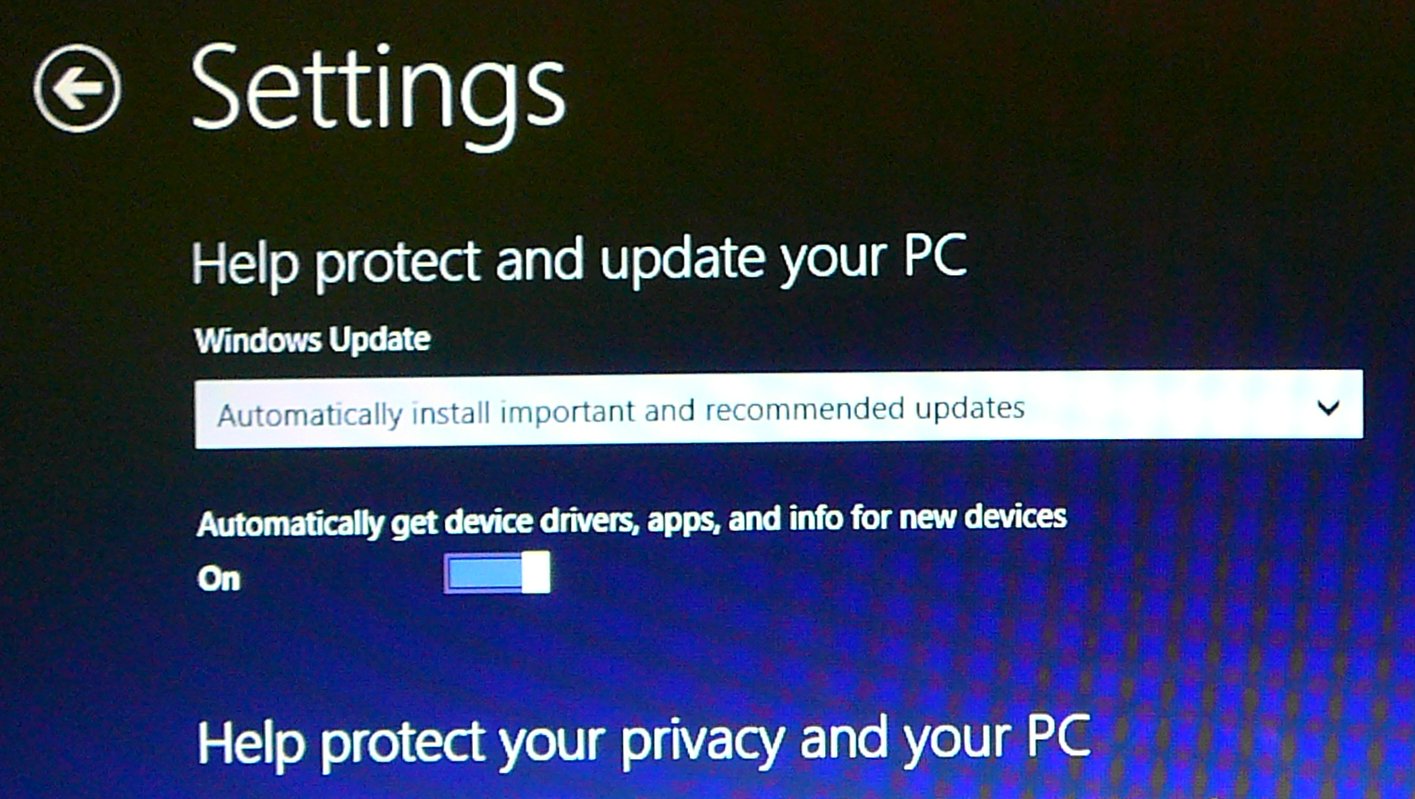
Initial Windows 8 Setup Process
Once Windows started (and I installed FastStone Capture so I could get all these screen shots), this is what I saw:
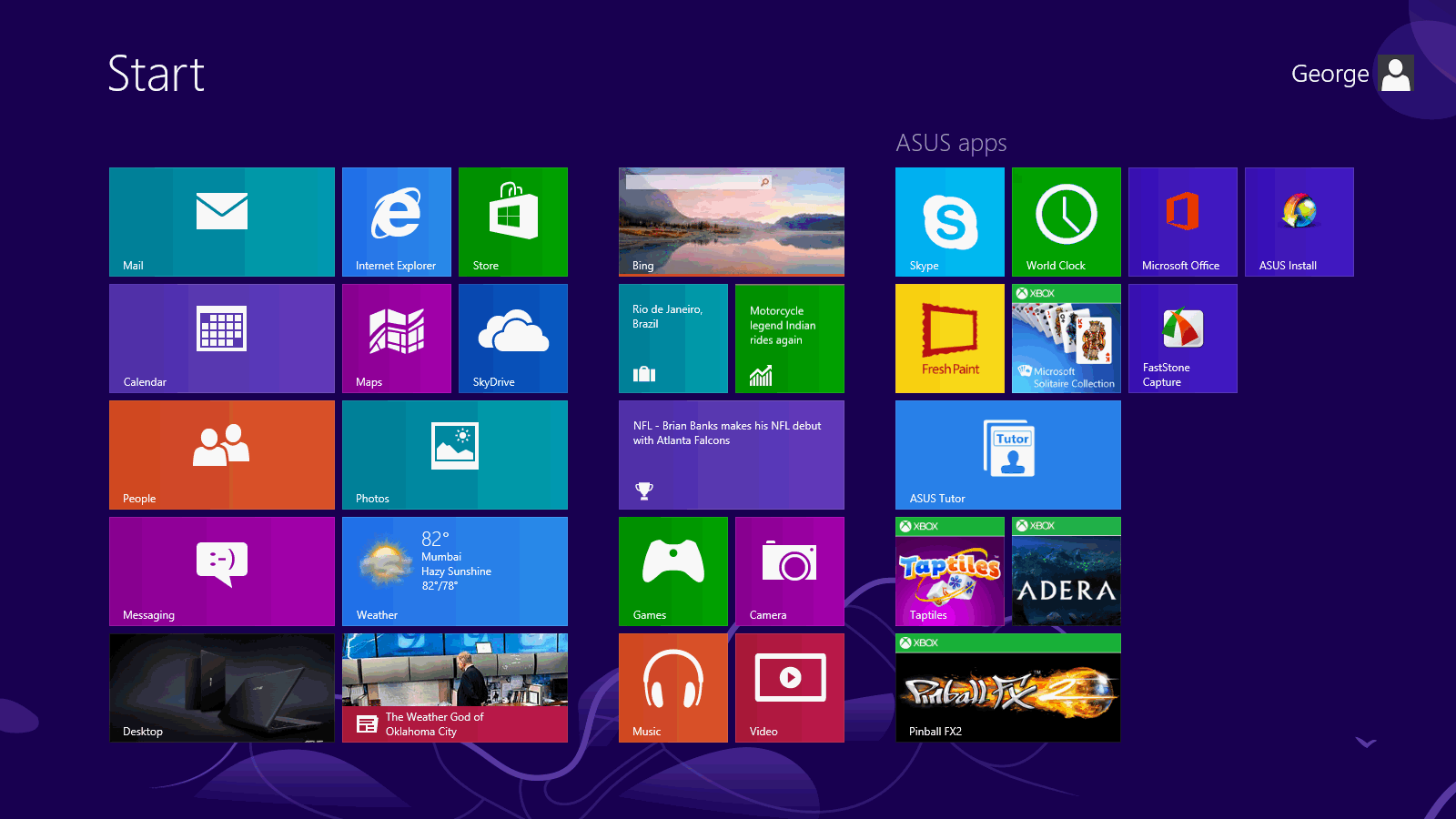
Basic Settings: Folder Options and User Account Control
Very Important
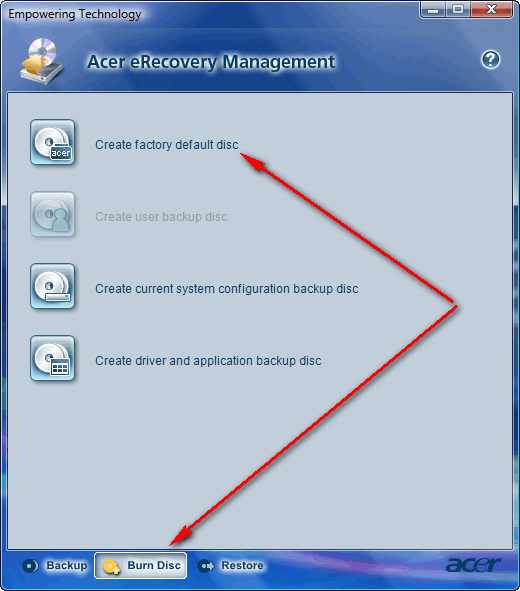
Creating Recovery Disks
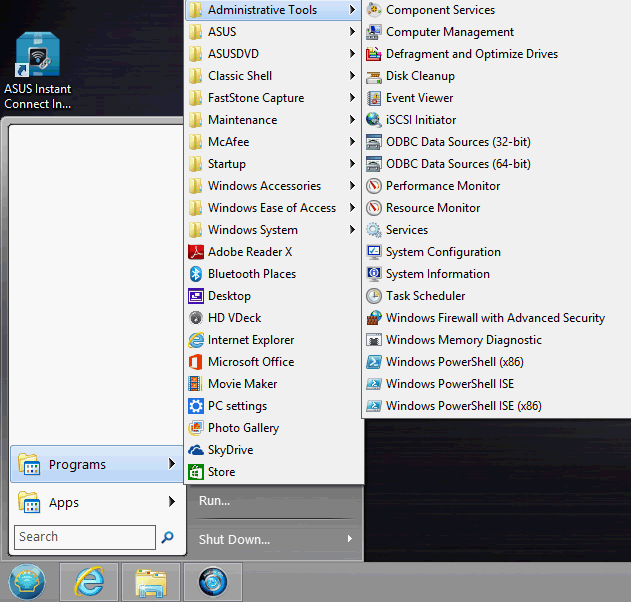
Organizing "Programs" Menu (Optional)
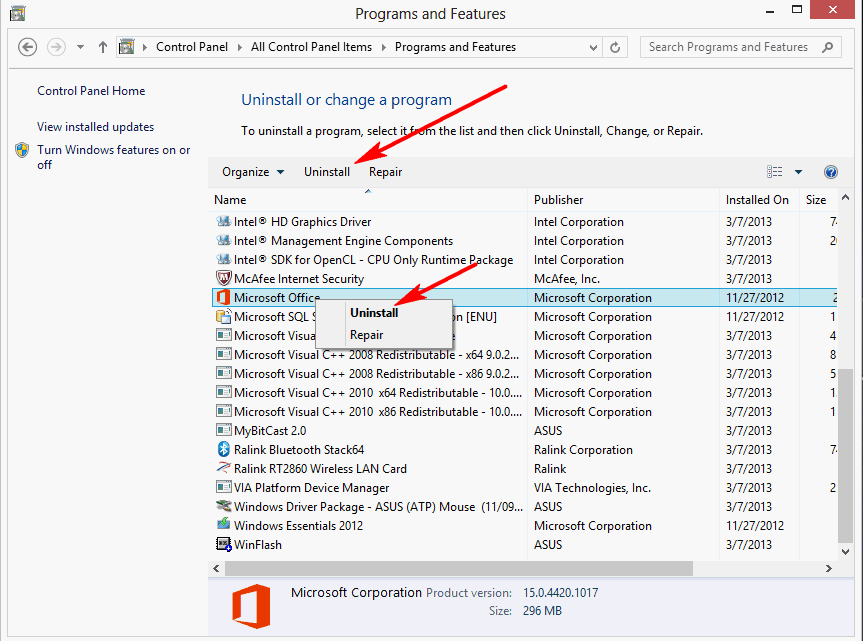
Removing Programs
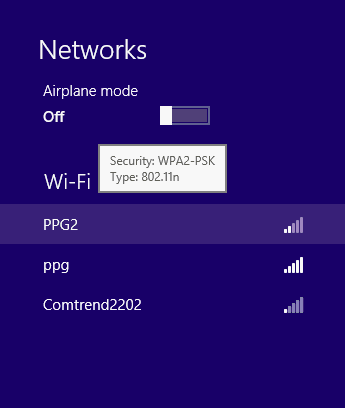
Setting up a Wireless Connection
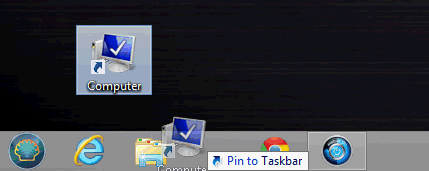
Task Bar
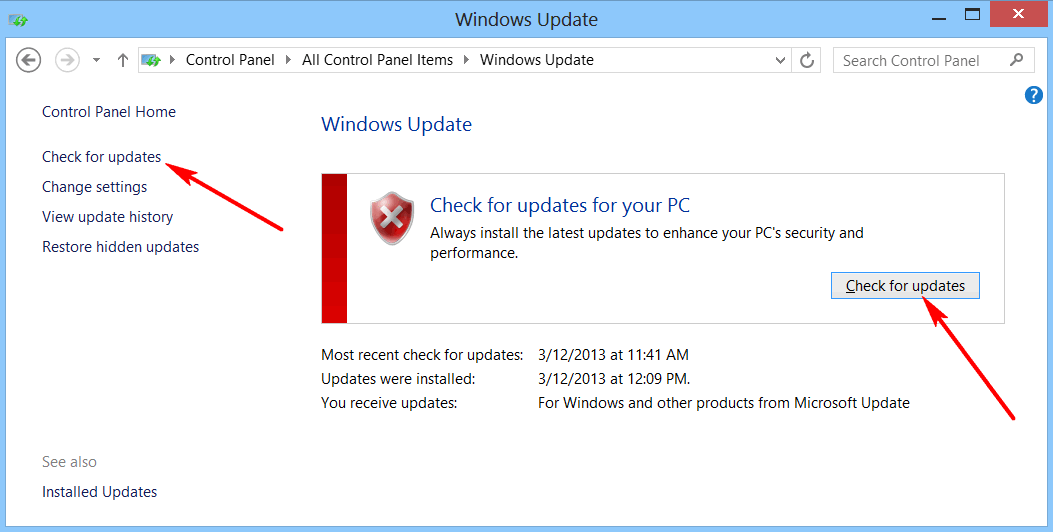
Updating Windows
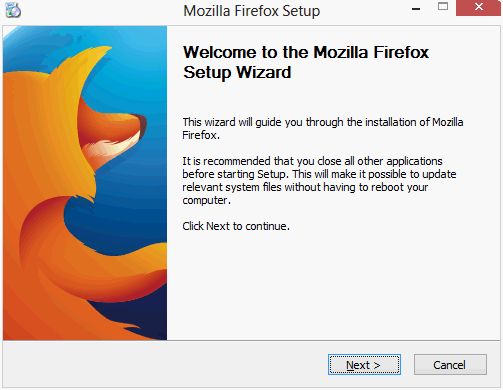
Other Recommended Installations
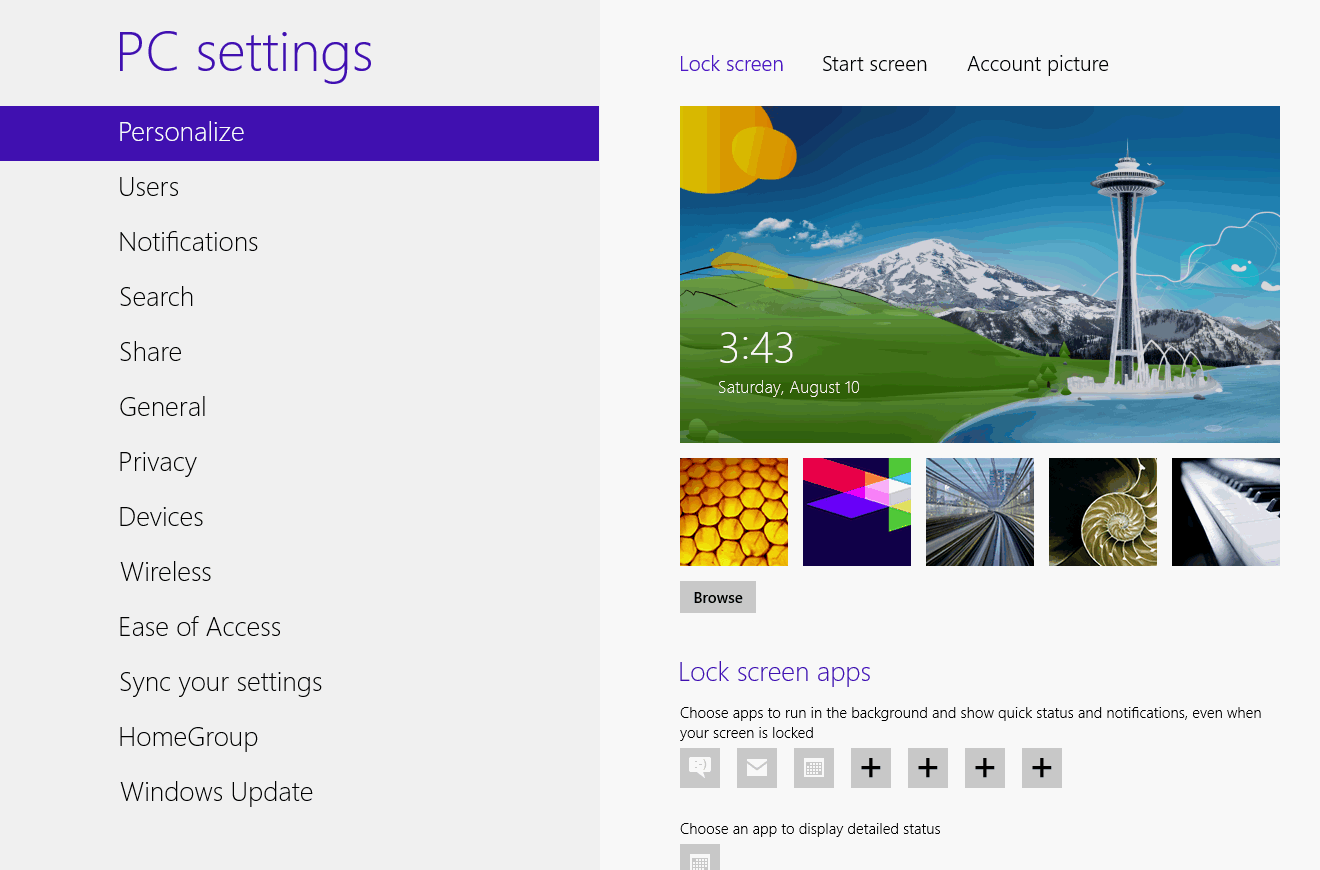
Personalize Your Computer
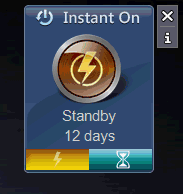
Widgets, Gadgets and Goodies
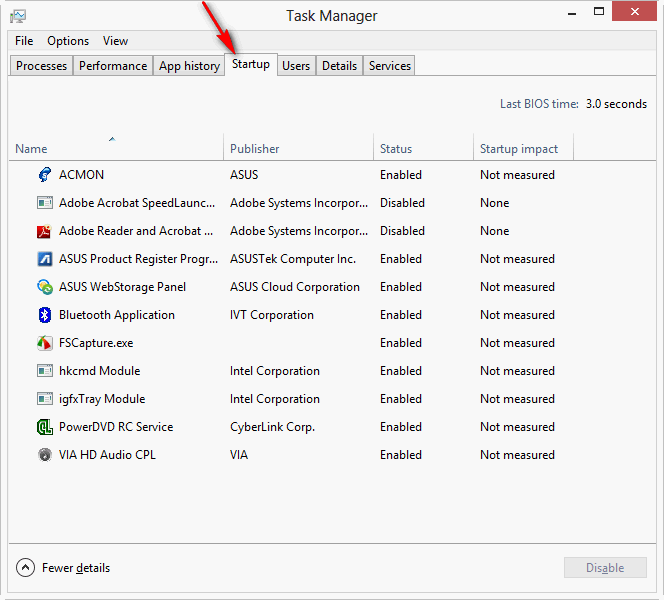
Limit Programs Running at Startup
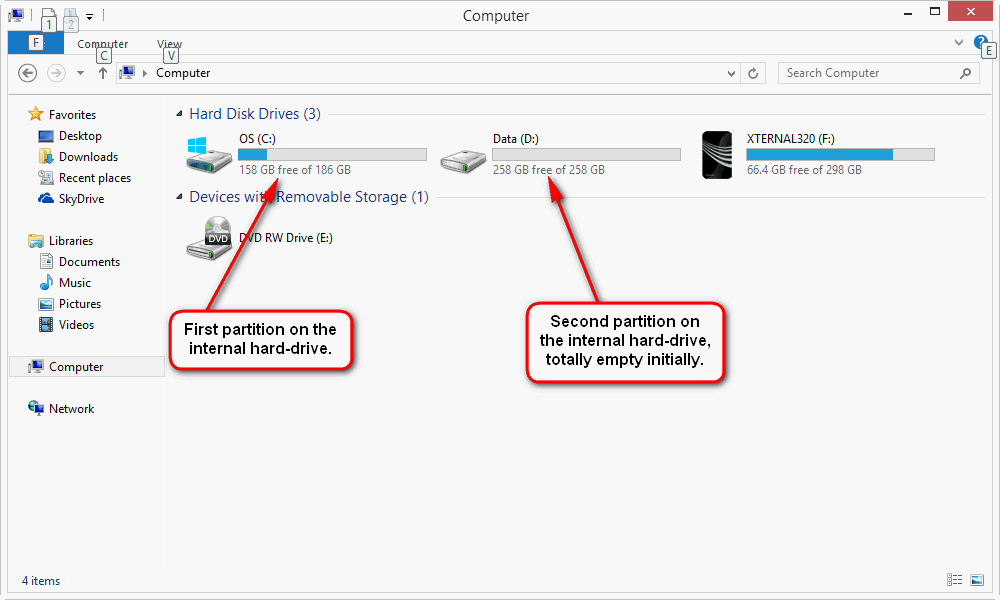
Moving Documents, Pictures, Music and Videos
One last (and very important) tip: Add at least one other user to your machine and be sure you give them Administrator privileges. I've seen often seen malware wipe out a machine which could only be recovered by logging in as another user and deleting the infected user (after saving all their data).
Suggested next choices:
ImagingTips.com Site Map
1255

